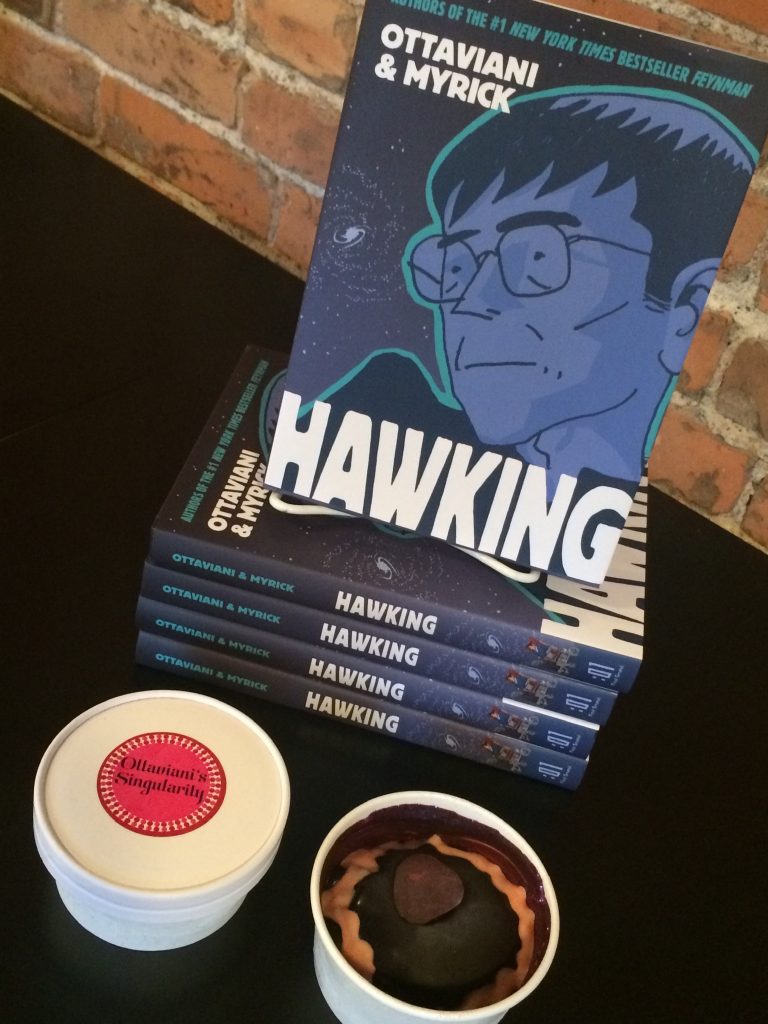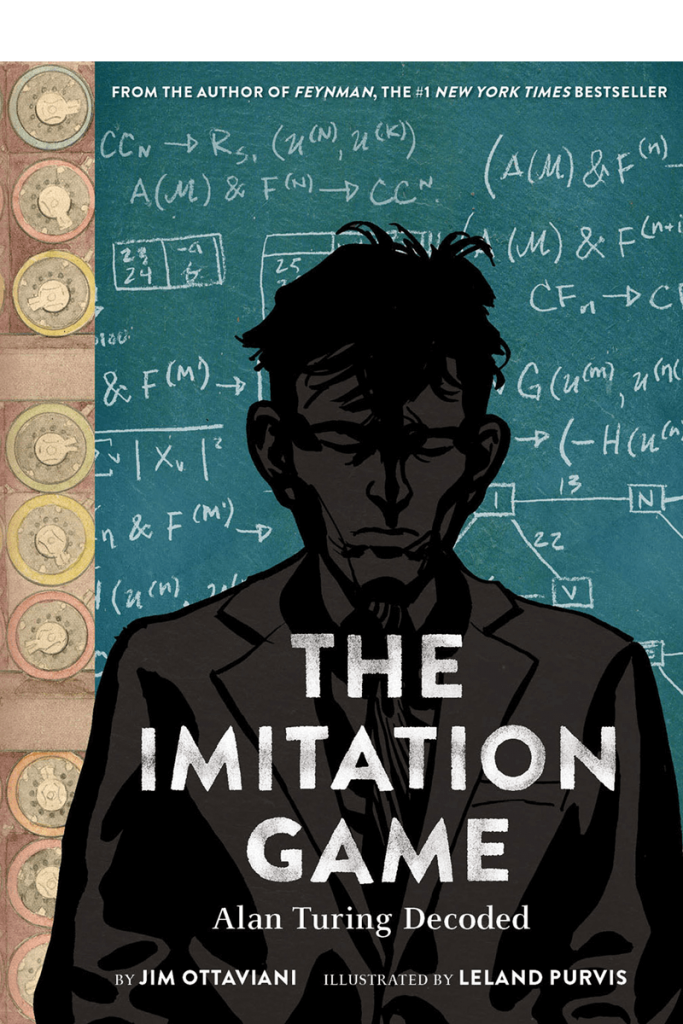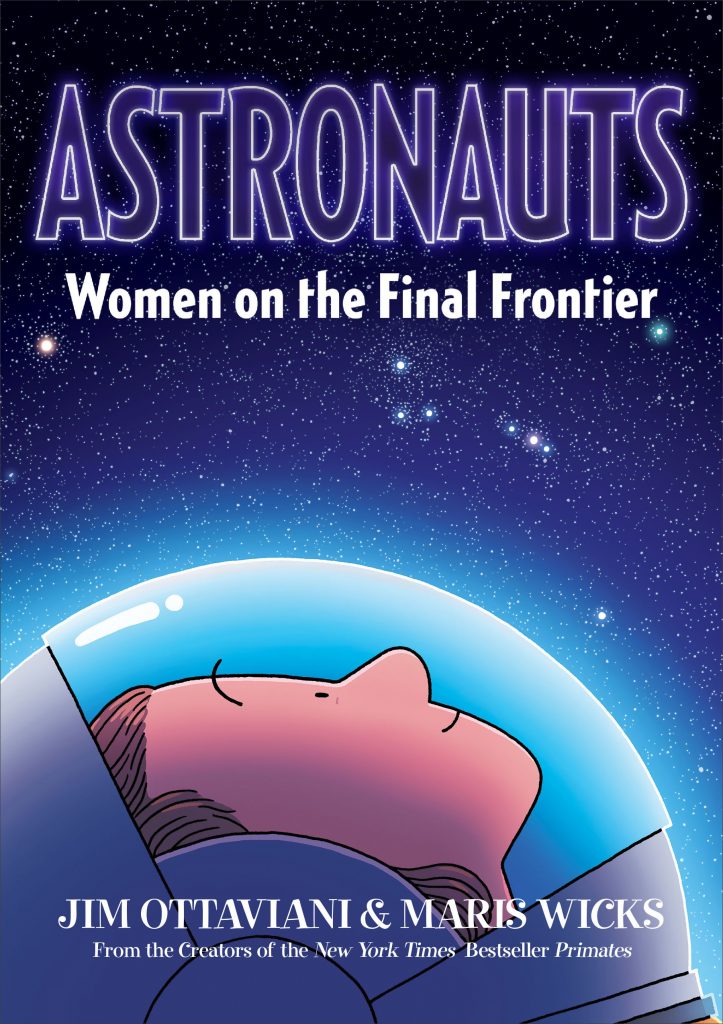
In adapting E.O. Wilson’s prose book Naturalist (available Nov. 10, but you can pre-order it now!), I finally got a chance to calculate the whole “a picture is worth [X] words” thing with some kind of precision, since this is the first adaptation of a single, complete book I’ve done. So, by the numbers…
Original Text of Naturalist: roughly 112,000 words (111,638 to be precise)
The text that will appear on the pages of our adaptation: about 28,906 words.
That’s the upper bound — here’s why there’s almost certainly fewer words, and why I don’t know how many fewer: The total script length is 70,320 words. The difference is because most of the script is context, description, and stage direction. As any artist who’s worked with me knows, I Have Opinions on how panels, pages, two page spreads, and scenes should look, and I’m not shy about sharing them. But the final book has fewer words on the page because as the artist does their thing I can usually eliminate more words. These on-the-fly editorial decisions aren’t reflected in the final draft of the script — we make the changes based on the drawn pages, since the script is no longer the most important thing. In fact, I actively avoid looking at my panel descriptions once there’s art, and instead work to make sure the words work best with that. More often than not, the actual images work better than the fantasy images in my head. Only when an image doesn’t seem to move the story forward will I go back and see what I asked for.
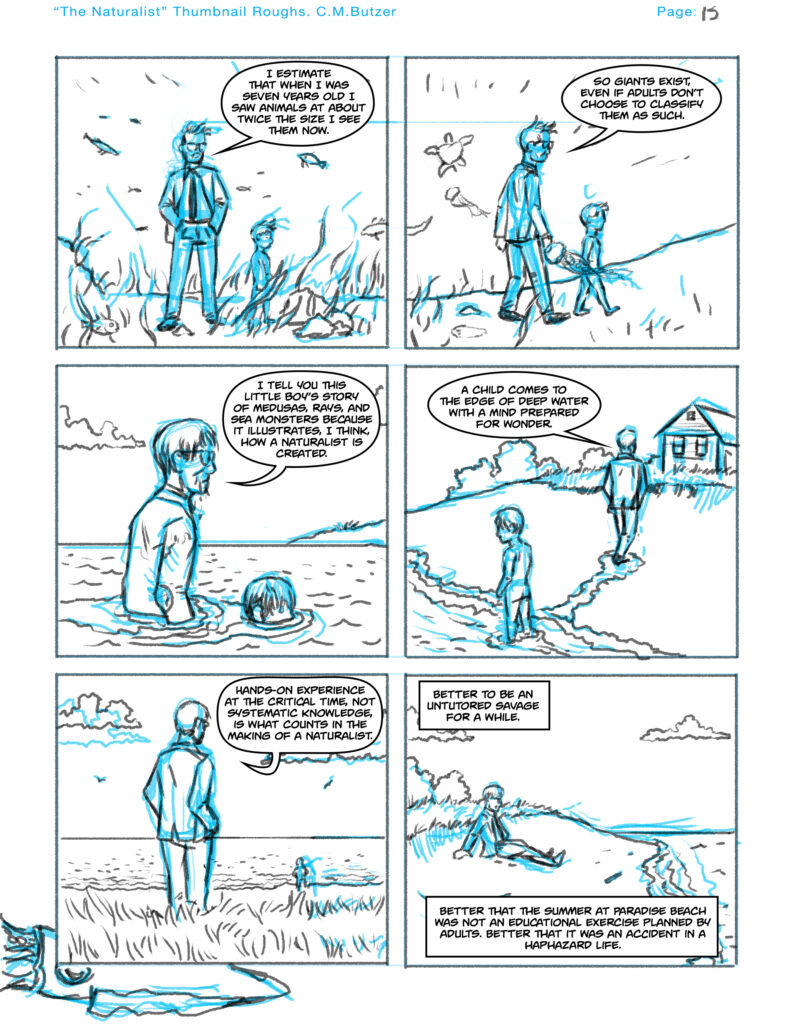 All by way of saying, let’s round that 28,906 down. Now, math! The 1223 pictures (if you count individual panels, or 226 if you count each page as a unit) were worth 112,000 – 28,000 = 84,000 words. Not quite a thousand per word, but if you take the origin of the saying at about 1910 and adjust the 68 words for inflation, it’s the right order of magnitude today, at least.
All by way of saying, let’s round that 28,906 down. Now, math! The 1223 pictures (if you count individual panels, or 226 if you count each page as a unit) were worth 112,000 – 28,000 = 84,000 words. Not quite a thousand per word, but if you take the origin of the saying at about 1910 and adjust the 68 words for inflation, it’s the right order of magnitude today, at least.
So: confirmed!
Well, not at all, really. But leaving aside this hand-wavy pseudo-proof, this much is true: Chris Butzer’s work, coupled with Hilary Sycamore’s colors, sure do a lot of heavy lifting in this book!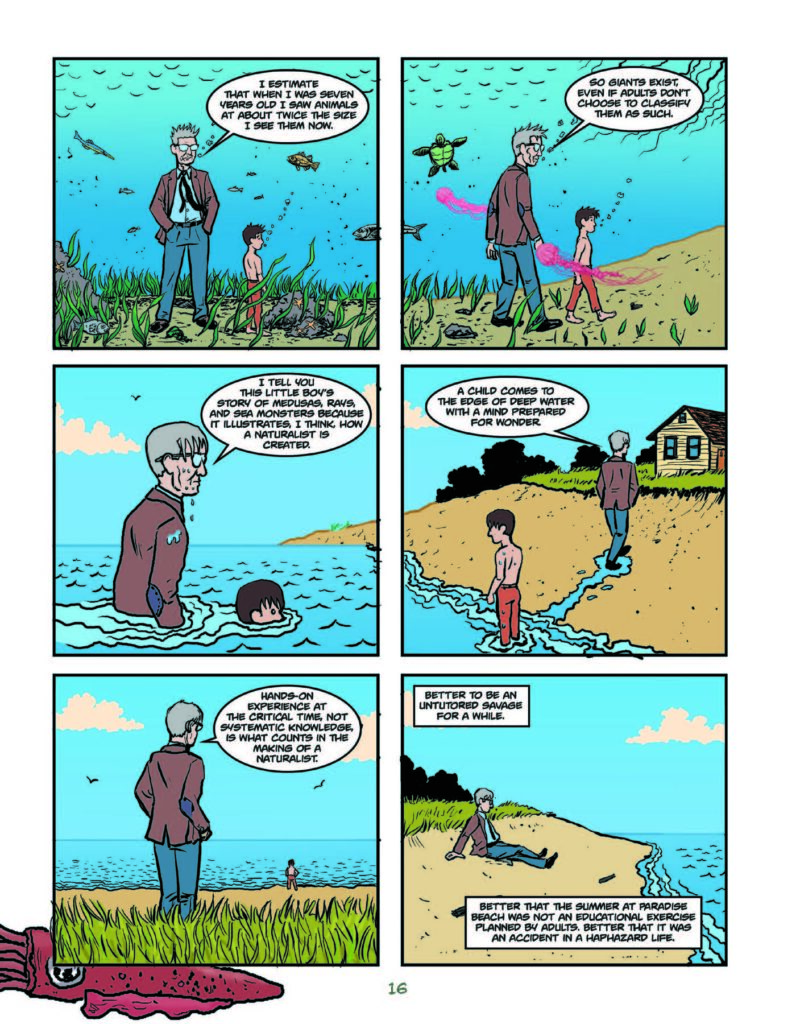


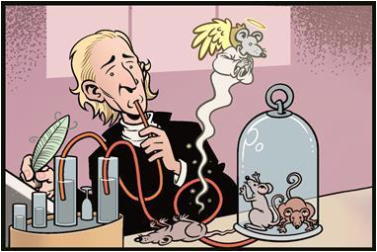 2019 was the International Year of the Periodical Table, and to celebrate—you know, in addition to taking part in the usual exchange of Mendeleev-themed greeting cards and transuranic chocolates—you could
2019 was the International Year of the Periodical Table, and to celebrate—you know, in addition to taking part in the usual exchange of Mendeleev-themed greeting cards and transuranic chocolates—you could 